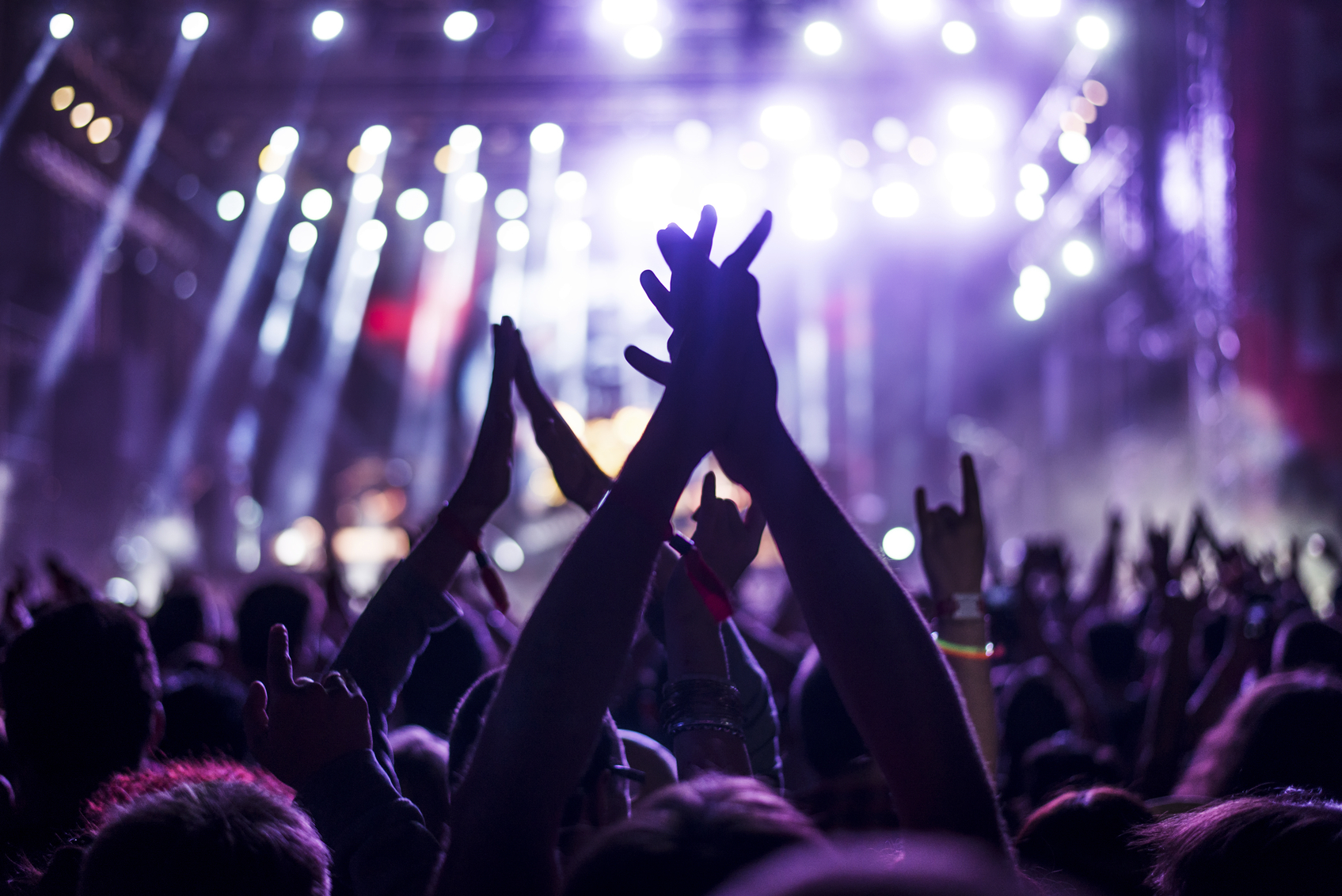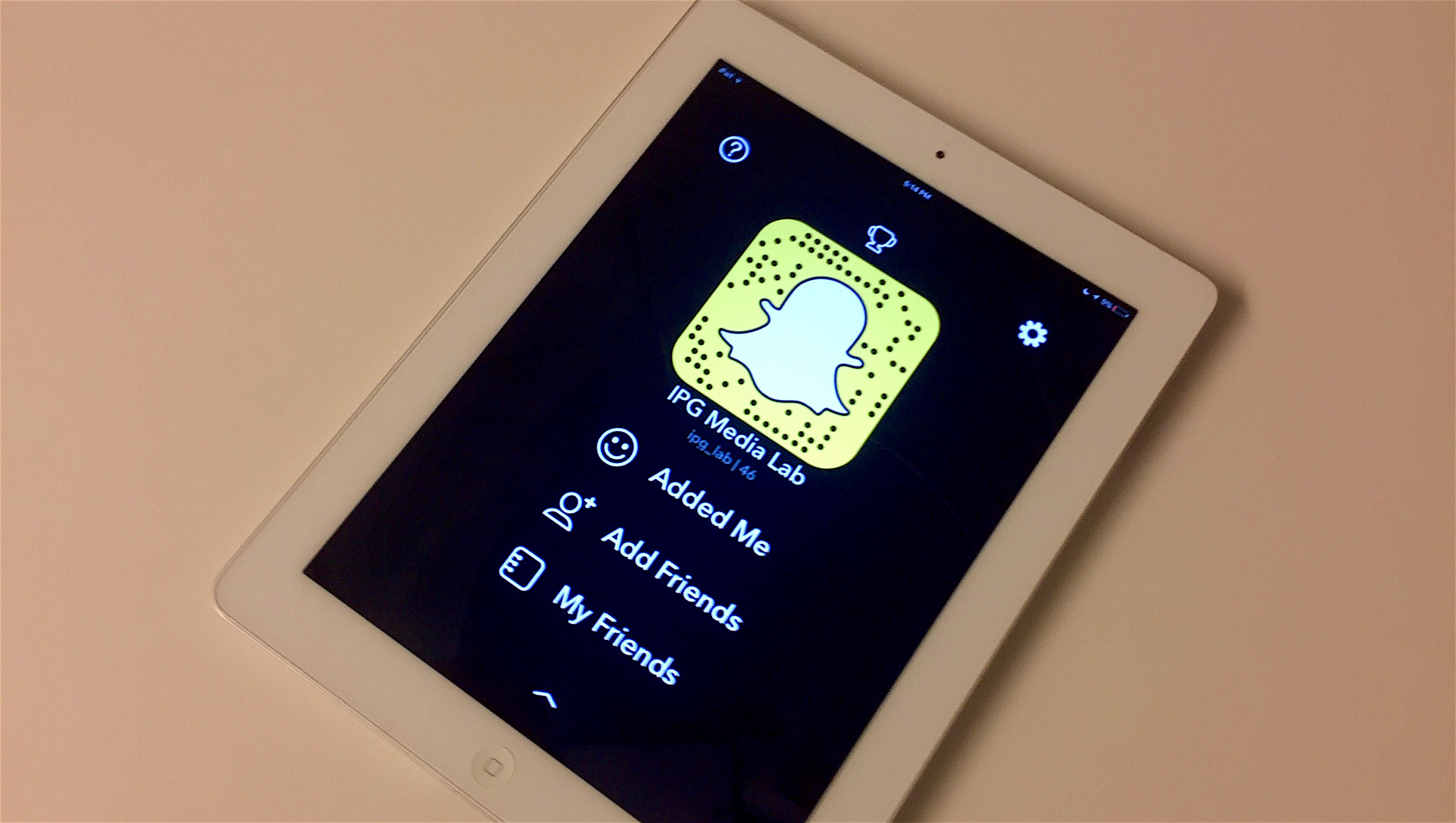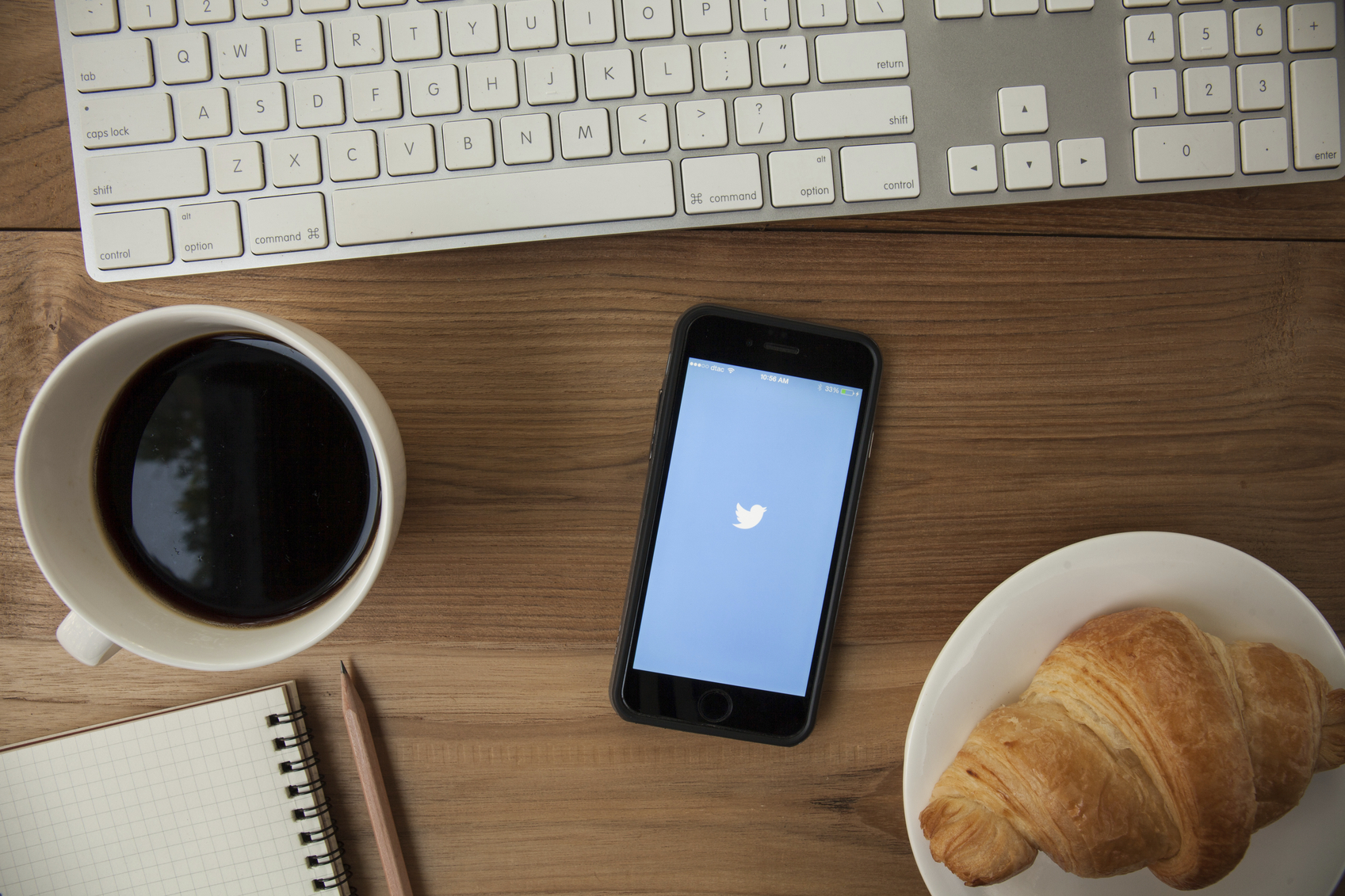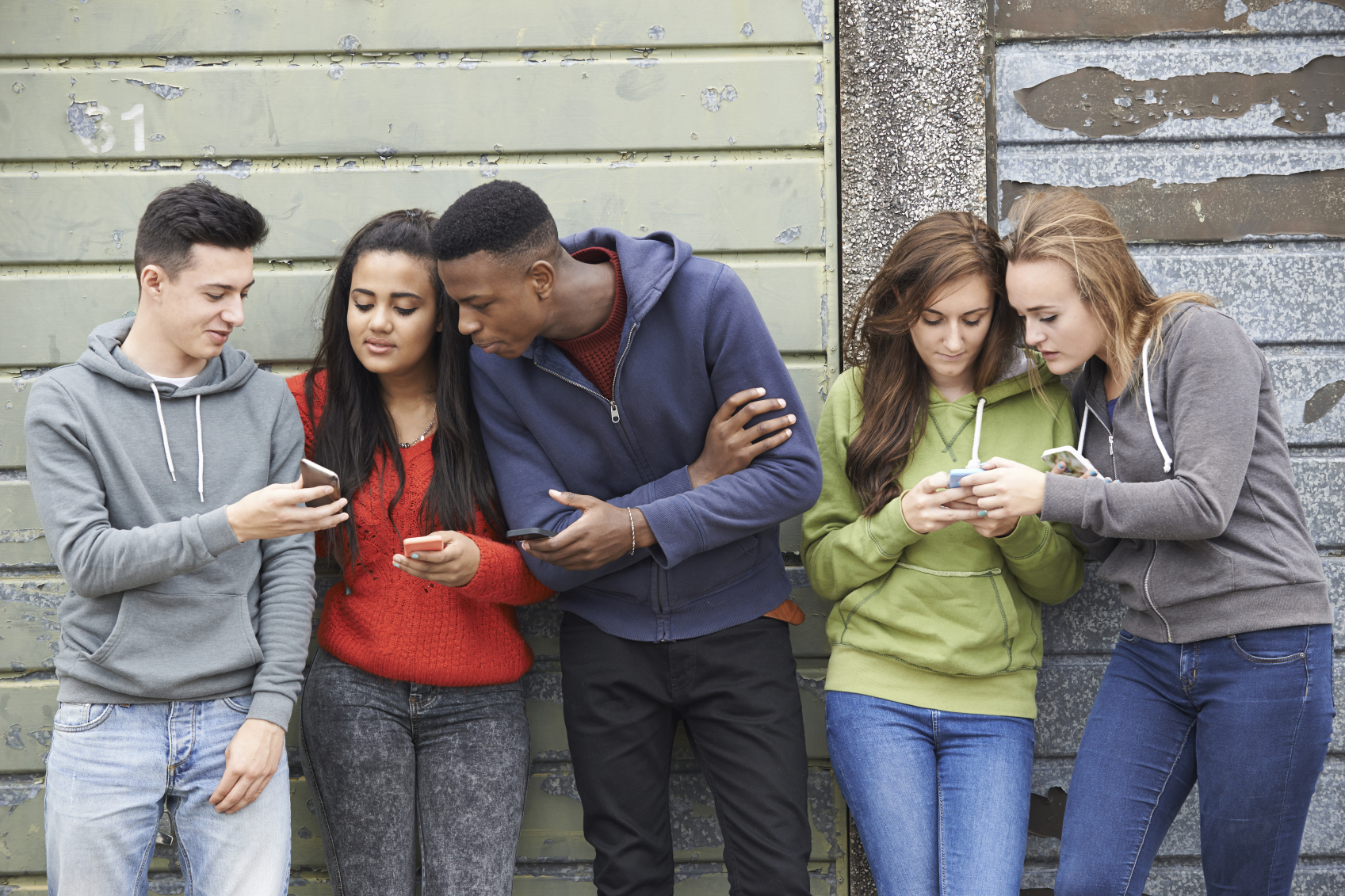What Happened
Live Nation is leveraging Wi-FI and geofencing at event venues to help brands discover social influencers at concerts in real time. For example, one unspecified brand sponsor recently used Live Nation’s program to scout female fans with over 5,000 Twitter followers at the Music Midtown festival in Atlanta. Those selected were invited via social media to a branded selfie photo area that also doubled as a VIP viewing area.
With a multi-year partnership with IT solution provider Cisco, Live Nation is implementing strong Wi-Fi connectivity at ten of its venues with 20 more planned for 2017, which will provide free Wi-Fi service to event attendees while also enable it to gather real-time data on attendees that can be useful for optimizing the event experience, venue operation, and ad targeting.
What Brands Should Do
This example showcases a new development in influencer recruitment that brands may incorporate in their fan marketing strategies. Leveraging smartphones and social media as touchpoints to reach targeted consumers in venues brings a digital dimension to event-based marketing, and the data this program gathers can also be used for future marketing and retargeting purposes. More brands sponsoring Live Nation events should explore such capabilities to amplify their brand messages in real time.
Source: AdAge





